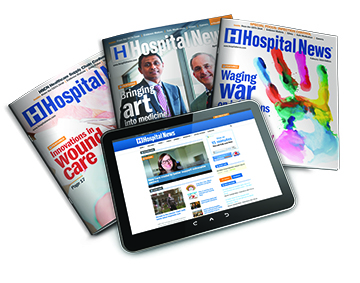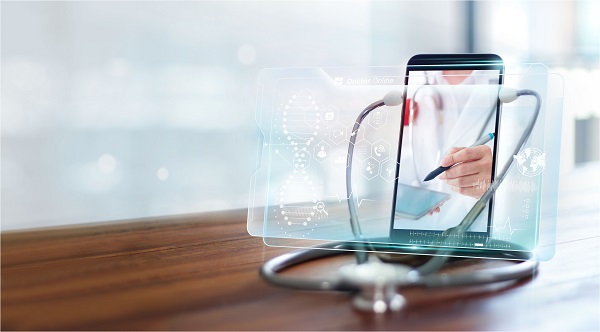By Jiang Li
Providing ongoing care to geriatric patients presents a number of challenges including ensuring they receive needed care outside traditional channels. Geriatric patients can be particularly vulnerable to inadequate access to appropriate care, but there are options available. Remote patient monitoring technology can facilitate continuity of care from inpatient treatment to at-home recovery.
In 2020, the Canadian Virtual Care Task Force (VCTF) announced that both patients and physicians would be required to engage virtual platforms as part of standard care supported by multiple medical organization initiatives. However, the VCTF continues to face obstacles to implementation including instituting a framework for virtual care governance, establishing standards for providing care, securing funding as part of the public health care system, promoting guidance, and urging local governments and medical associations to include virtual care in care agreements. Laying the groundwork provides a foundation to help combat the discontinuity of care that can result from health systems failing to fully embrace telehealth opportunities.
Access to data
For the senior population, it’s necessary to address both chronic conditions that require periodic check-ins as well as acute conditions in which there’s a specific need for more diligent short-term and proactive monitoring. In the past, it was the patient’s responsibility to report symptoms or to wait for a follow-up call from the provider. But there’s a better way. Patients outfitted with medical wearables before they are discharged from hospital can be continually monitored after leaving the medical facility using a biometric data platform to maintain continuity of care.
A recent study examined the impact of virtual care with remote monitoring technology and standard care of more than 900 participants averaging 63 years old who received non-elective surgery in eight acute care hospitals in Canada. The monitoring technology measured blood pressure, heart and respiratory rates, oxygen saturation, temperature, and body weight. Among the results, fewer patients with virtual care reported pain at periodic intervals, and drug errors were detected and corrected in more patients in the virtual care group. And, fewer patients in the virtual care group required acute hospital care. All this data supports the concept that ongoing remote monitoring enables interventions which can support improved outcomes once a patient is discharged to home.
The most recent data available from 2020 says heart disease is the second leading cause of death in Canada. Programs that incorporate forms of telemonitoring can improve heart failure outcomes according to a study that evaluated patients in an outpatient heart function clinic in Toronto. The Medly program is based on patients using a mobile phone app rather than a wearable device to record data, receive care messaging, and generate alerts for the care team. While not as comprehensive as a remote patient monitoring platform that continuously records and stores data, there was a significant decrease (50 per cent) in heart failure related hospitalizations in the six months after enrolling in the program. The ability to intervene and reduce the need for hospital admission significantly impacts both the patients and the providers who continually face a shortage of beds and provider care.
Keys to success
Addressing cost is always a consideration in trying to drive procedural and behavioral changes for both providers and patients. The VCTF acknowledges the challenge and recommends permanent fee codes and remunerating providers equally whether the care is provided on-site or virtually. The Alberta Health Virtual Care is one example of a plan to implement virtual care technology to help patients and providers better manage healthcare needs, which can be especially important for seniors and those in rural areas without proximate access to traditional care locations.
Access to telemonitoring and remote monitoring technologies is critical to help seniors who chose to age in place as well as those who are discharged from inpatient care to recuperate at home rather than another rehabilitation care facility. Affordable options can make it possible for patients to better manage chronic conditions while continuing to live at home. Having access to real-time data about their health empowers patients to feel more in control while providing physicians and other caregivers with the information needed to monitor both chronic and acute conditions as well as intervene when needed to prevent hospitalizations. Access to biometric data helps providers determine how to best manage a potential incident which in turn offers peace of mind for senior patients that they aren’t alone in their healthcare journey. Although there have been many innovative point solutions, such as bedsheet sensors, smart toilets, and AI enabled video surveillance that have emerged on the market, there is still a lack of comprehensive and user friendly systems that can address various needs from the seniors and service providers. The development and deployment of such turn-key solutions is a key success factor for the eventual adoption of home health monitoring technology for seniors.
Jiang Li is CEO of Vivalink.




